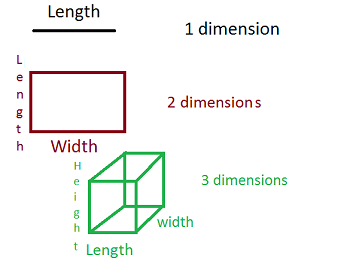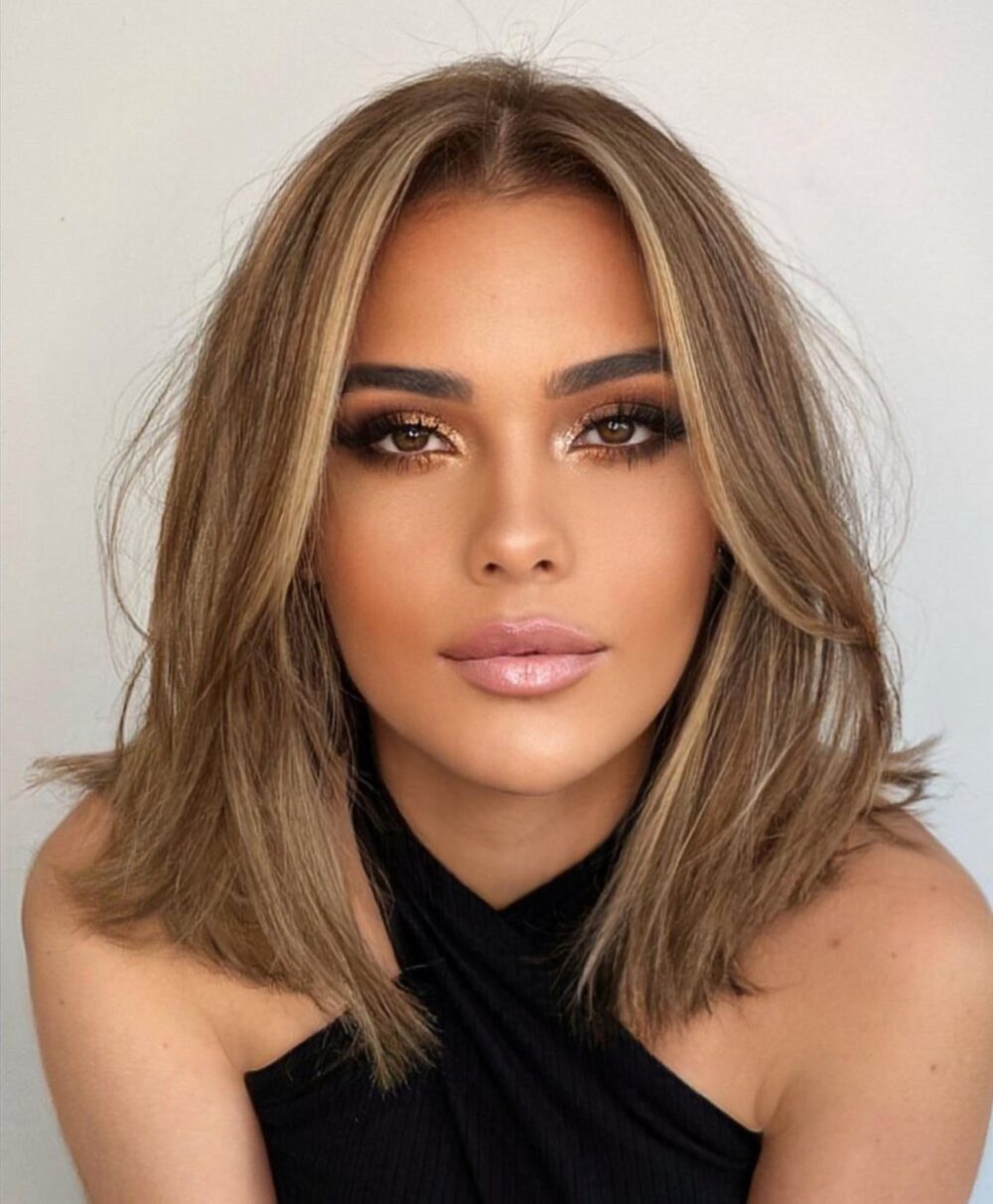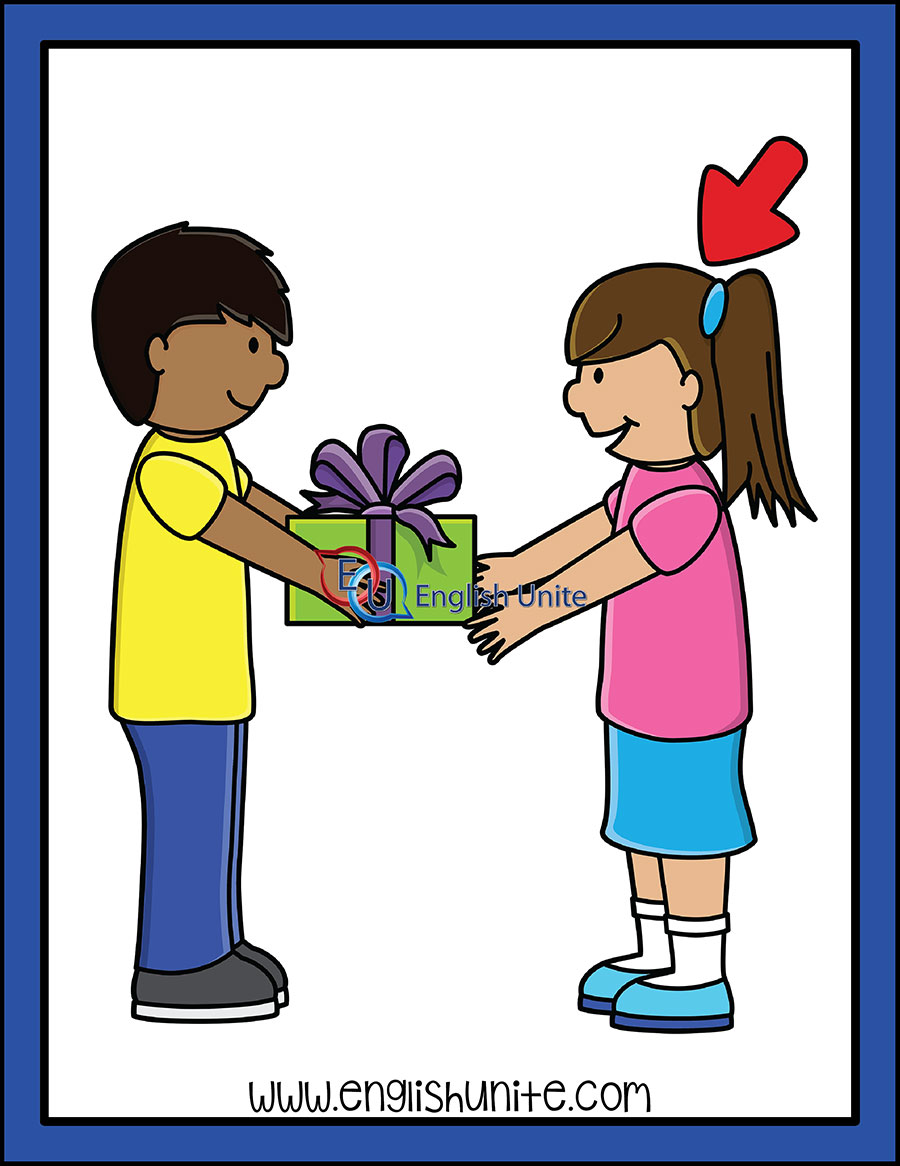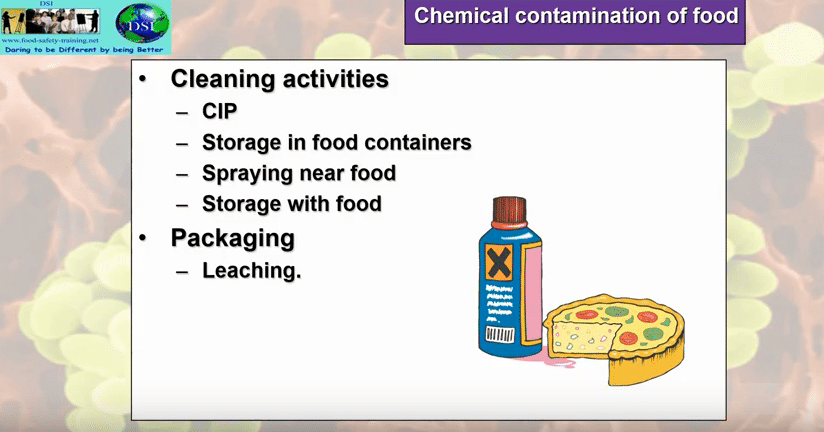Overcoming Obstacles in Biomedical Science: Addressing Barriers to Advancing Health Solutions
Introduction: The Landscape of Biomedical Science in 2025
Biomedical science is the backbone of modern health innovation, driving advances in disease prevention, diagnosis, and treatment. Yet, as health-related challenges grow more complex, biomedical scientists face a suite of obstacles that hinder progress. These range from funding instability and regulatory hurdles to workforce shortages, ethical dilemmas, and disparities in research access. Understanding and addressing these obstacles is critical for anyone seeking to contribute to or benefit from biomedical advancements.
1. Fragmented Funding and Financial Instability
One of the most significant challenges for biomedical scientists today is the unpredictability and fragmentation of research funding. The traditional reliance on government grants, such as those from the National Institutes of Health (NIH), has become increasingly uncertain due to policy shifts, budget cuts, and changing administrative priorities. For example, recent changes in NIH funding policies, including reductions in indirect cost reimbursements and freezes on grant reviews, have forced researchers to seek alternative funding sources. This often means turning to the private sector, which is highly competitive and may not prioritize broad public health needs [1] .
To address these challenges, researchers are advised to diversify funding portfolios. This can involve developing partnerships with private foundations, industry sponsors, or international agencies. Those seeking funding should regularly monitor official agency sites such as the NIH, the National Science Foundation, and international equivalents for new grant opportunities. Networking at conferences and joining research consortia can also open doors to collaborative funding. However, every funding source comes with its own requirements and potential conflicts of interest, so careful vetting is essential.

Source: strategicleadersconsulting.com
2. Regulatory and Policy Complexities
Biomedical research operates in a tightly regulated environment. Regulations govern everything from patient recruitment to data privacy and experimental protocols. These rules, necessary for safety and ethical conduct, often differ significantly between countries and even within regions. For example, global clinical trials require navigating varying regulatory standards, language barriers, and cultural expectations, increasing both cost and complexity [2] .
To manage regulatory challenges, researchers should:
- Consult with institutional review boards (IRBs) or ethics committees early in the project planning process.
- Engage regulatory specialists or consultants familiar with both domestic and international requirements.
- Participate in continuing education on regulatory updates, especially regarding data protection (e.g., HIPAA in the U.S. and GDPR in Europe).
When planning cross-border studies, consider collaborating with local partners who understand the regional landscape. For specific regulatory guidance, contact your institution’s research compliance office or use official government and agency resources.
3. Workforce Recruitment, Retention, and Diversity
The biomedical field faces a growing shortage of skilled researchers, technicians, and support staff. Recruitment and retention are challenged by competitive private sector opportunities, declining research budgets, and a lack of clear career pathways for early-career scientists. Additionally, diversity-related restrictions or lack of inclusion initiatives can limit the perspectives brought to research, affecting the relevance and impact of scientific discoveries [3] .
Institutions and research groups can address these issues by:
- Developing mentorship and professional development programs for trainees and early-career scientists.
- Implementing policies to promote diversity, equity, and inclusion in hiring, training, and leadership roles.
- Advocating for stable, long-term funding to support staff retention.
Individuals seeking biomedical science careers should explore professional networks, academic societies, and training grants. For job openings, check reputable sources like university job boards, government agency postings, and industry-specific career portals.
4. Ethical Dilemmas and Public Trust
Rapid advances in technologies such as gene editing, artificial intelligence, and personalized medicine have outpaced the development of ethical frameworks and public understanding. Issues around informed consent, data privacy, and equitable access to breakthroughs raise questions that must be addressed collaboratively by scientists, policymakers, and communities [4] .
Researchers should:

Source: businessinsider.com
- Engage community stakeholders and patient advocacy groups early in the research process.
- Participate in or organize public forums to discuss the social implications of new biomedical technologies.
- Adhere to established ethical guidelines and seek guidance from bioethics committees.
For those navigating ethical dilemmas, institutional ethics committees and national bioethics agencies can provide case-by-case support. Public trust can be fostered by transparent communication of research goals, risks, and benefits.
5. Health Disparities and Equitable Access
Despite technological advances, biomedical research often fails to address the needs of underserved populations. Health disparities can be exacerbated when research does not prioritize or include diverse participants. Barriers such as lack of access to clinical trials, language differences, and cultural mistrust impede participation and limit the generalizability of findings [3] .
To improve equity, researchers can:
- Design studies that specifically recruit participants from underrepresented groups.
- Implement patient-centered trial designs that minimize burden and improve accessibility.
- Partner with community organizations to build trust and facilitate recruitment.
If you are part of a research team, consider including community engagement specialists and translators. For participants interested in joining trials, local hospitals, academic medical centers, and patient advocacy organizations often have information about ongoing studies. The clinicaltrials.gov database is a widely used resource for finding trials, but always verify information through official channels.
6. Technological and Infrastructural Barriers
Biomedical research increasingly relies on advanced technologies such as high-throughput sequencing, imaging, and machine learning. However, not all institutions can afford or maintain this infrastructure. Challenges in data management, standardization, and interoperability further hinder progress, especially in multi-center studies or collaborations across borders [5] .
To mitigate these barriers:
- Seek collaborations with well-equipped institutions or consortia.
- Apply for infrastructure grants from major funding bodies or industry partners.
- Invest in workforce training for new technologies and data management best practices.
For smaller labs, open-source tools and shared research facilities may offer affordable access to advanced technologies. Industry partnerships can provide additional support, though terms should be carefully negotiated to protect academic independence.
7. Implementation Guidance: Navigating Obstacles in Biomedical Research
For biomedical scientists and institutions aiming to overcome these obstacles, the following step-by-step approach is recommended:
-
Assess Current Barriers:
Conduct an internal audit to identify specific challenges related to funding, regulations, workforce, ethics, equity, or technology. -
Develop a Multi-Pronged Strategy:
Create targeted action plans for each barrier. For funding, diversify sources. For workforce, enhance mentorship. For ethics, establish advisory panels. -
Engage Stakeholders:
Involve patients, community groups, and policy experts early and often to ensure research is relevant and trusted. -
Leverage Official Resources:
Regularly monitor official agency websites (NIH, NSF, FDA, EMA, etc.) for policy updates, funding calls, and regulatory changes. Do not rely on third-party aggregators unless verified. -
Document and Share Best Practices:
Participate in professional networks and conferences to exchange lessons learned and successful strategies.
Conclusion: Charting a Path Forward
The obstacles faced by biomedical scientists are significant but not insurmountable. By understanding the multifaceted nature of these challenges and implementing strategic, collaborative solutions, researchers can continue to drive meaningful progress in health innovation. Those seeking to get involved or support biomedical research should prioritize verified information, engage with reputable organizations, and remain adaptable in the face of evolving barriers.
References
- [1] Applied Clinical Trials (2025). Navigating the Future of Medical Research: Adapting to Funding Shifts and Policy Challenges.
- [2] Clinical Trials Arena (2025). The biggest challenges clinical trials will face in 2025.
- [3] PubMed (2025). Four Opportunities To Revitalize The US Biomedical Research Enterprise.
- [4] American Journal of Biomedical Science & Research (2025). Trend Overview 2025: Key Developments in Biomedical Science & Research.
- [5] ISBI (2025). Challenges in Biomedical Imaging.
MORE FROM eboxgo.com













